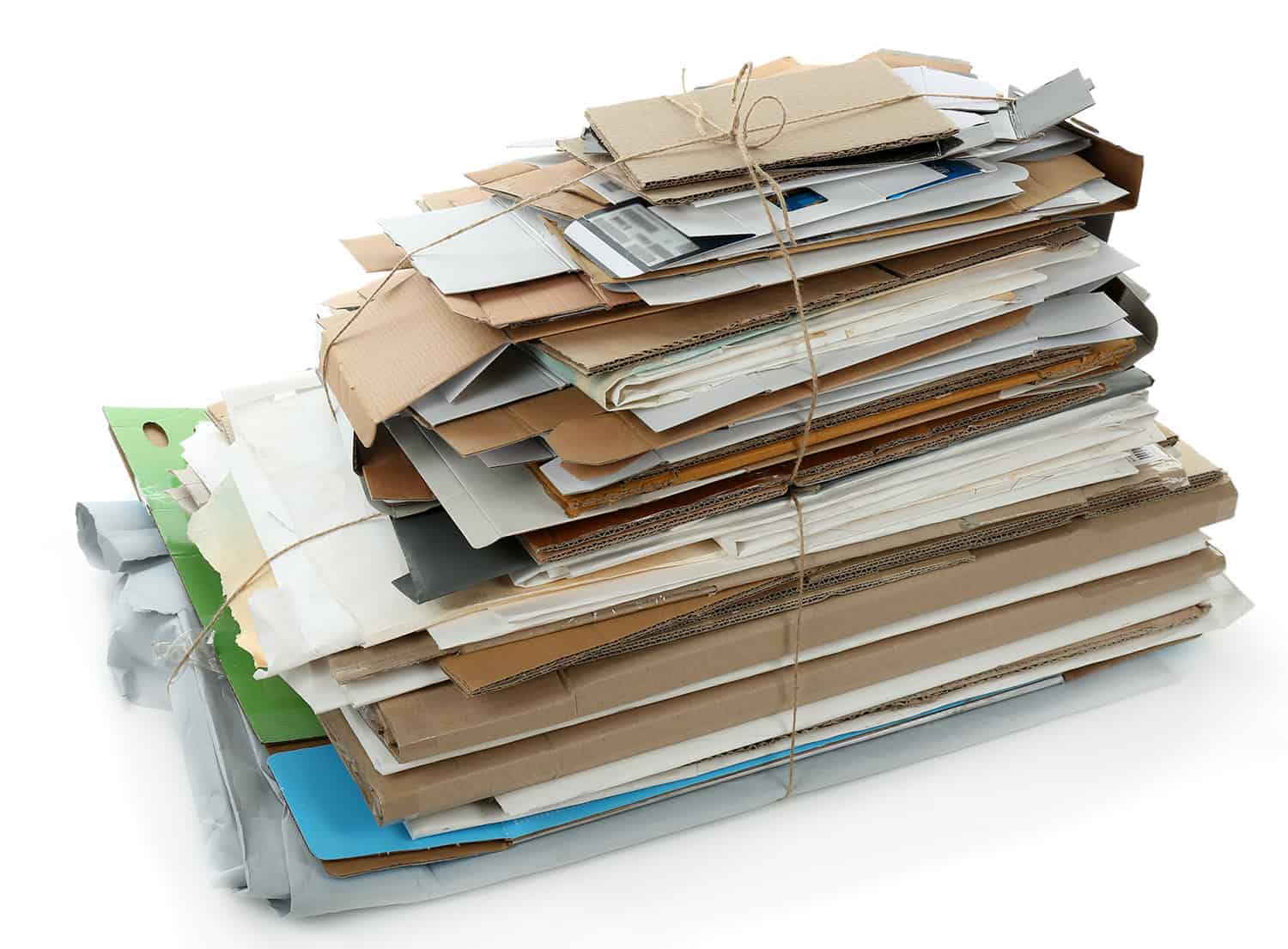The American Forest & Paper Association offers a study on recyclability challenges and opportunities for paper-based packaging.
The American Forest & Paper Association, Washington, has released The Design Guidance for Recyclability, a new tool to help packaging designers and brands to design and manufacture packaging to meet recyclability goals. The guide provides data on how certain nonfiber elements, such as coatings and additives, impact the recyclability of paper-based packaging.
“Paper recycling is a circular economy success story. Increasingly, consumers are seeking more sustainable packaging and, as a result, brands are challenged to add more recyclable packaging to their portfolio,” says Heidi Brock, president and CEO of AF&PA. “Combining our industry’s track record on paper recycling—meeting or exceeding a 63 percent recycling rate since 2009—along with AF&PA’s industry data and statistics, this guide will be a true asset to those seeking to innovate around sustainable packaging. I am confident that a deeper understanding, as to the complexities brands and packaging designers face in balancing design and performance with recyclability will further advance paper recycling innovation.”
According to a news release from AF&PA, the findings in the report are the result of an AF&PA member survey of company mills in a range of sectors in the U.S. and Canada. The survey had a 75 percent response rate, and data for 86 mills were reported.
AF&PA says the study includes corrugated packaging, bleached and unbleached paper cartons, carrier stock cartons, kraft paper bags, multiwall shipping sacks and molded fiber containers. The study examines numerous nonfiber elements, including inks and dyes, adhesives, tapes and labels, coatings and barriers, metals and plastics, foils, wet strength and nontree fibers.
Key findings
Design Guidance for Recyclability offers several key findings. One key finding includes that nonfiber elements could present a recycling “challenge” when they slow down the mill’s pulping process, plug screening systems or leave residue on finished paper or paperboard. However, AF&PA reports, innovations in packaging design and materials, as well as improvements in recycling technology, have made these treatments easier to recycle than historically.
A second key finding is that determining that something is a “challenge” does not mean it’s “not recyclable.” AF&PA says each nonfiber element applied to each kind of packaging was rated by some mills as not a “challenge.”
“This technical guidance is not meant to be mandatory or a standard for the packaging industry. Rather, it is an information tool to help individuals and organizations that specify and design packaging to better meet a customer’s recycling needs,” says Brian Hawkinson, AF&PA executive director of recovered fiber.
In addition to data about the impact nonfiber elements have on packaging recyclability, the report includes resources about the recycling process, standards and testing facilities and insights from mills on specific nonfiber elements.
Packaging 360 is a comprehensive knowledge sharing ecosystem for the Indian packaging industry. Our services include an online content platform to deliver news, insights and case studies; organising conferences seminars and customised training; Providing Bespoke Project Consulting, Market Research and Intelligence.


